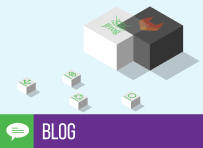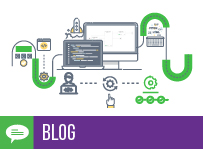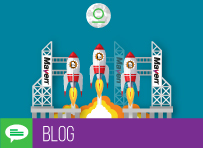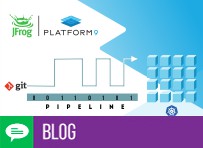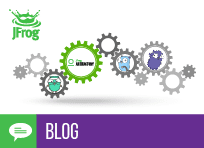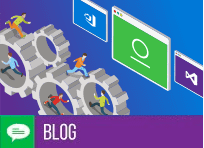Complete your Software Supply Chain with GitLab CI/CD and JFrog
Software is more than building code. Developing software and ensuring quality builds requires managing a complete software supply chain. With the many security threats across the supply chain, managing each and every aspect of the software you deliver to your customers, including the entire process of how it was made, is critical to your organization. …
